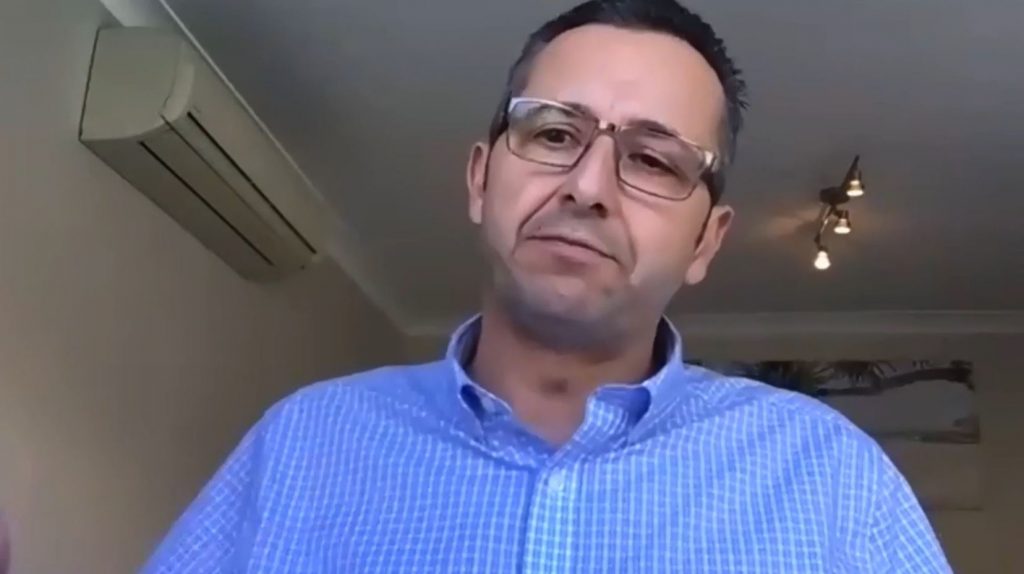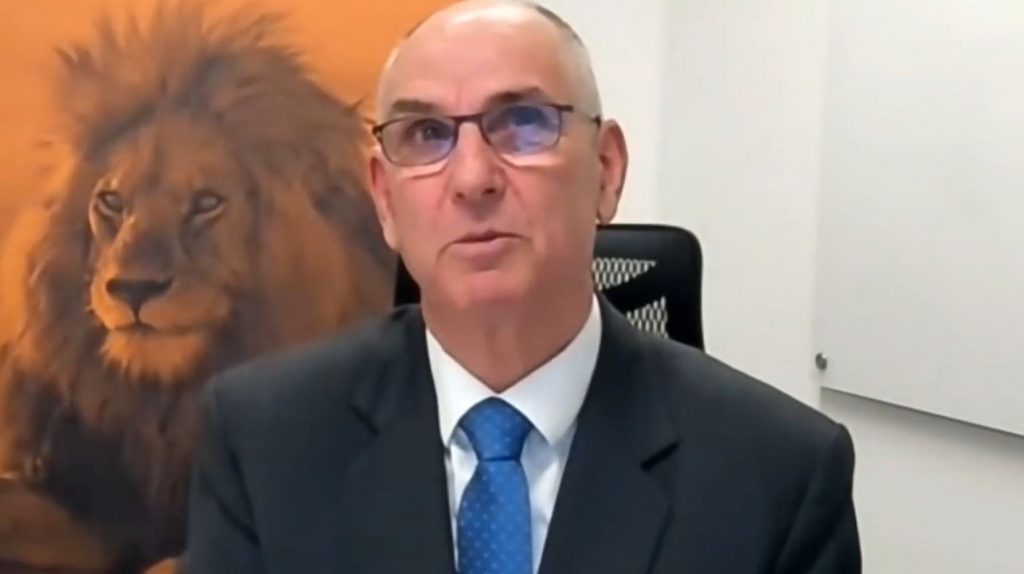Should you stay, go or grow? That was the topic of discussion at a webinar hosted by LASA and aged care management specialists Pride Living on Wednesday – and the consensus from one former board member was clear.
Former Fairview board member, Helen Spain was joined by LASA’s General Manager of Member Services, Brendan Moore; Pride Living Managing Director, Bruce Bailey; and Whiddon CEO, Chris Mamarelis, for a one-hour webinar hosted by Lee Hatcher to discuss the Not For Profit’s takeover of the Fairview retirement village and aged care home in Moree in regional NSW.
You can watch the webinar here.
Resident’s death led board to look at takeover options

Helen, a solicitor who joined Fairview’s board in 2017, said she quickly became concerned about the home’s future – to the point she considered vacating her position.
There was no governance framework or aged care expertise, she said, and an acute shortage of staff, particularly in the management of the home. There had also been a lack of investment in staff training and systems, with manual records still being used for residents.
A “critical incident” at the home which resulted in the death of a resident spurred the board to look to Pride for help.
Strategic and commercial fit required for successful merger
Bruce, who himself hails from Moree, said that they had initially worked with the board to attempt a turnaround but when the position didn’t improve, they looked to providers which would be a good fit to acquire the home – which is where Whiddon came in.
Whiddon CEO Chris Mamarelis said the key to a successful acquisition is having a governance framework in place to ensure here is a good strategic fit.

From there, he said operators can go into a “deep dive” to determine the values of the providers they are looking to acquire, its role in the community and also its commercial potential.
Look out for ‘red light’ issues
Asked about Whiddon’s decision to withdraw from negotiations with a community provider in Lithgow, Chris said it was important to conduct your due diligence around potential acquisitions and look for ‘red light’ issues.
“Commercial risk is a big one,” he said. “[This] will help you understand your exposure in the short term and the long term. It often exposes a few things.”
In particular, he pointed to compliance issues that operators will inherit with the existing infrastructure.
Brendan also recommended those interested in a merger look for an organisation with previous experience and make communication with all the stakeholders their number one priority.
Boards need aged care expertise
Providing the board’s point of view, Helen said there was initially resistance from the community because of the fear of losing their asset.
“But once they understood the risk of inaction, they very easily came along,” she said.
Helen advised boards to make sure they have aged care expertise to ensure they understand what good governance in the sector is – once you have a board with the right mix of skills, she said, then you can judge whether your organisation is fit for purpose.
Put “emotional attachment” aside
She also recommended organisations act swiftly once they make a decision, noting there is a “tendency to navel gaze” and focus on the emotional attachment.
“You have to put that aside,” she stressed, and think about what will be best for the home now and into the future.
“Once you have ticked all the boxes, you can then make a clear decision what is the best interest for everyone.”
Helen added her “private opinion” was that the days of stand-alone community aged care homes are “perhaps gone” because of the highly regulated environment.
“You are dealing with peoples’ lives,” she underlined.
Trend towards consolidation “irreversible”
Brendan disagreed with this view, saying LASA believes there is room for a “plurality of providers”.

However, he acknowledged that they are seeing an “irreversible” trend towards consolidation.
Brendan added that with the pandemic and the Royal Commission hanging over operators, it is not going to get an easier for organisations to direct and shape the future of their businesses – so now is a good time to think about mergers and acquisitions.
His advice? Develop a strategy – evaluate your board, assess your risk levels and if you are a Not For Profit – take a look at whether you are achieving your purpose.
Organisations must take action early
Bruce also advised operators to act early, saying they need to be prepared for at least a six-month journey to transfer ownership and warning some organisations can be “unrecoverable” for organisations such as Whiddon to come in if directors leave it too late.

Pride has developed a sustainability self-assessment tool to assist boards to assess their viability.
In addition, Bruce urged providers exploring takeover options to look at the Federal Government’s $50 million Business Improvement Fund (BIF) announced earlier this year which is designed to provide resourcing to providers to maintain their operations while they look at possible transactions.










